I’m not going to lie: the PC announcement of Dragon Quest XI S: Echoes of a Fallen Age — Definitive Edition (which I will never again refer to by its full name, because come on) caught me by surprise. Getting Dragon Quest XI by itself on PC was a little unorthodox, though we’ve been getting more and more Square Enix releases as time passes. But the super-duper Switch re-release with all sorts of additions? Yeah, that was a surprise. One that deserves a closer look through a Dragon Quest XI S comparison, no less.
There are two other surprises here, of a sort, but neither are pleasant. The first is that there’s no loyalty discount for owners of the original Dragon Quest XI. If you already pumped 100 hours into that on Steam, then the Definitive Edition will still cost you $40 USD. Which is the same price it’ll cost anyone who skipped the initial release and is making this their first experience.
The other is that the Dragon Quest XI S is a port of the Switch version. While it has a lot of PC bells-and-whistles, like support for uncapped framerates and huge resolutions, it’s still the Switch game. This means, in theory, that there are lower-quality textures and visual effects. We’ll be taking a close look at that a bit later.
Tick, tock, Tickington
Still, you’re getting a lot of meat in this package. The original release could easily take 80-120 hours if you wanted to do the post-game content, and Dragon Quest XI S adds a bit more. One of the biggest additions is Tickington, an extra town available just before your first trip to Gallopolis.
This 2D-only town has you warp back to areas from previous Dragon Quest games to right the awry timelines. The first, for instance, has you hop back to Galenholm from the first Dragon Quest, where you need to fight a monster to recover the Lyre of Ire — a crucial item which the protagonist of that game would eventually need.
There are sidequests to do, characters to talk to, and… well, it’s just a lovely little nod to Dragon Quest‘s past. So far, these have been pleasing nods if you’re familiar with the games. And even if you’re not, it’s more content to explore.
Dropping a dimension
This brings us onto one of the other major additions, which is that the entirety of Dragon Quest XI is now playable in classic 2D. I both love and hate this. I adore seeing the world of Dragon Quest XI in 16-bit glory, and I very much approve of just how “classic” it is. Everything is in full SNES mode from the music to the little hopping sprites when characters are angry. Even the battle screen is “classic” to the extent of not being able to see your characters’ max HP unless you’re trying to heal them. And yes, you choose all actions and then things play out for that turn, rather than choosing right before your character acts.
The flipside is that it needs to maintain balance with the 3D version, because… well, it’s still the same game. As such, 2D Dragon Quest XI S takes another, nastier cue from older JRPGs: the encounter rate is through the roof. I’m talking an encounter every two to four steps. In 3D mode you can basically fight whatever, whenever you want, because all enemies appear on screen. Not only that, but traversal takes a lot longer. In 2D mode, you’ll be fighting all the damn time, just like in the good old days. Good luck if you step out of a town, walk a few steps, and realize you meant to go back and buy something. That’ll be nine encounters. Somehow.
You can’t just hop in and out of this on the fly, though: you’ll need to create a save and then begin whatever chapter you desire anew, in either 2D or 3D. Still, you get to keep all of your experience and items, and 2D tends to be a lot quicker to traverse. As long as you switch (no pun intended) as you’re starting a new chapter, there’s barely any time loss.
Defining the Definitive Edition
Those are the biggest additions, though some of the others are pretty sizeable. There are new sidequests for each party member, for instance, which I can’t comment on because I’m not that far in yet.
The music has been replaced with full orchestrated music by default, too, with Dragon Quest XI‘s synthesised tracks remaining as an option. You can switch character appearance to any cosmetic-changing sets you have, without being forced to have that equipment’s stats. Japanese voice tracks are in, if you (for some reason) don’t enjoy the OTT accents of the base game. And if you really want it, there’s a photo mode you can use to make your characters pose in front of something pretty.
Finally, there are a load of quality-of-life updates. You can craft with the Fun Size Forge at any time, not just at camp. Battles can be ramped up to Ultra-Fast, which makes them pass in the blink of an eye (which I wouldn’t recommend for some bosses, but hey). And, excellently, you can chat to Erik and he’ll tell you how many treasures remain in the area, which makes hunting for that last chest a snap. Assuming it’s one you can reach before later in the game, anyway.
This is all good. But there’s one area where Dragon Quest XI S Definitive Edition is actually a step back.
And then, the graphics
That step back is with the graphics. As mentioned, Dragon Quest XI S Definitive Edition is a port of the Switch version. While it has lovely PC resolutions and framerates (and plays just fine) it… has suffered a graphical downgrade.
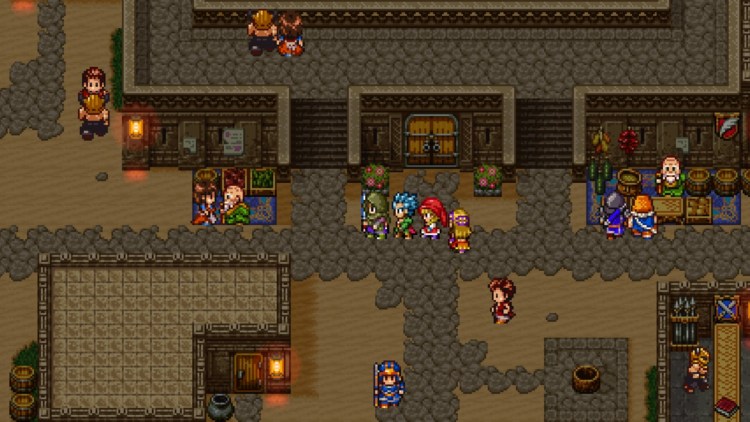
I do love that even the 2D version keeps the character cosmetics in the sprites. Note Serena in a dancer outfit, and the hooded protagonist.
The good news is that it’s actually surprisingly difficult to tell without side-by-side comparisons. Dragon Quest XI is such a stylized game that a minor graphical downgrade doesn’t actually make a big visual difference. Hell, if you’re just looking at the thumbnails you may not be able to notice some of the changes.
But because this is a comparison piece, you’re getting side-by-side comparisons.
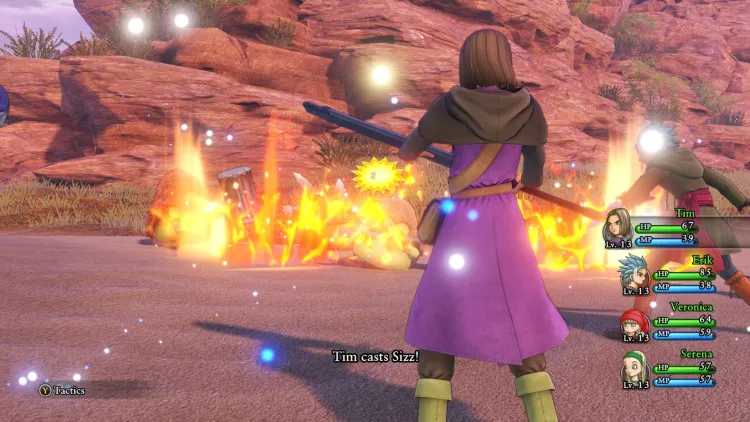
Definitive again, because it’s really hard to capture some mid-combat shots and see the effects in their full glory.
So, yeah. The textures are a little bit lower in quality, the colors aren’t as vibrant, the combat effects aren’t quite as shiny, and… the rocks are more jagged for some reason, especially in that first shot? There are a few very definite downgrades in some bits of terrain and the like. But it’s near-impossible to tell, and the color vibrancy might actually be a net positive for you.
This leads us to the question of whether or not Dragon Quest XI S Definitive Edition is actually the definitive version of the game. In terms of content, there’s no doubt. It’s full of extra stuff and quality-of-life adjustments that make the already excellent JRPG even more pleasant and charming to play through. But… well, the graphics.
Is it worth it?
That said, the graphics really aren’t a big downside. While you might occasionally go “this isn’t as bright as I remember,” that’s about the worst of it unless your brain remembers Dragon Quest XI looking better than it actually did.
This brings us, at last, to whether or not you should buy Dragon Quest XI S Definitive Edition, and this comes down to a lot of things. It’s a solid improvement over the original in almost every respect, and if you like JRPGs and don’t already own Dragon Quest XI, it’s a no-brainer.
But if you’ve already 100%ed the original, then the lack of a loyalty discount means you don’t really need this — right now, at least. If you have plans of going back through the game, then sure, maybe, but this isn’t a complete revamp or a new experience. For this reasoning, you can probably wait for a sale rather than dropping $40 USD right now. If you want to see it for yourself, the free demo lasts until the end of Hotto.

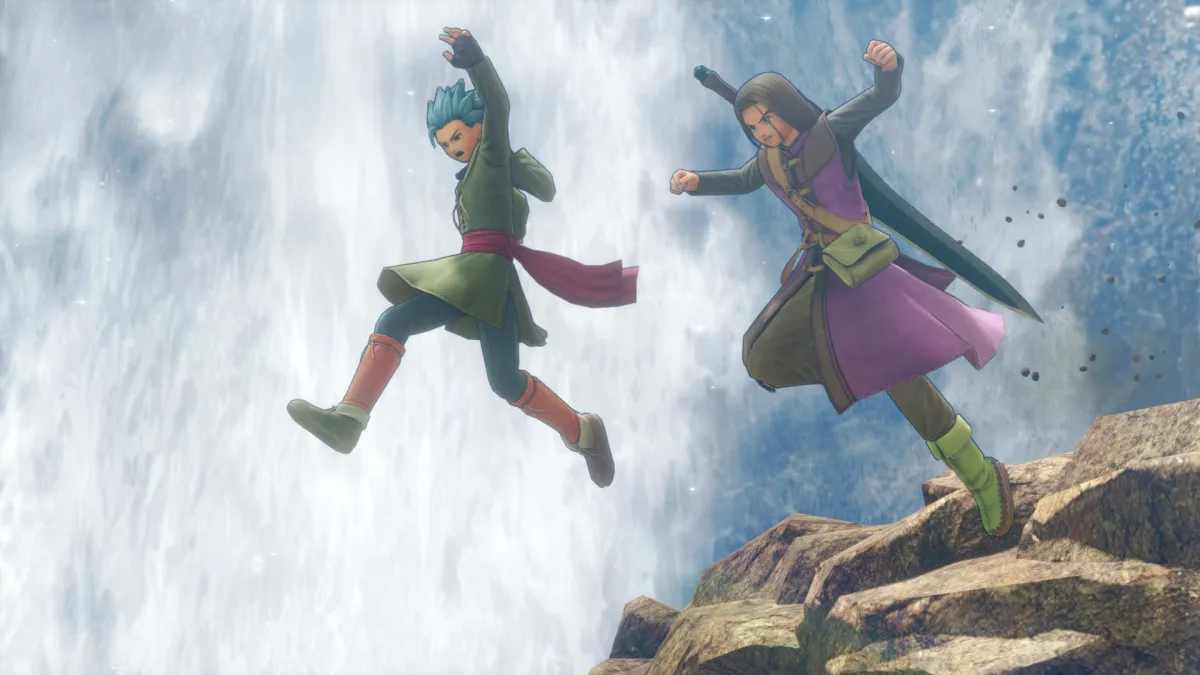

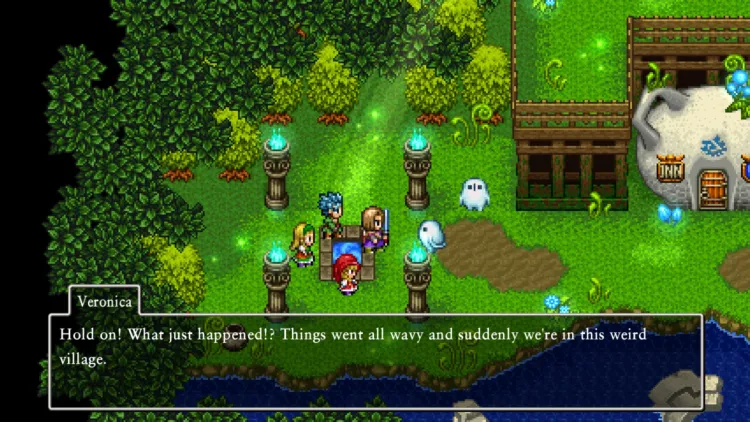
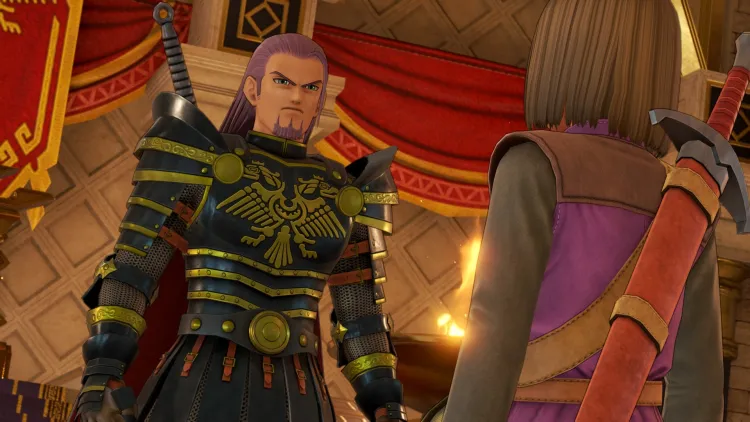
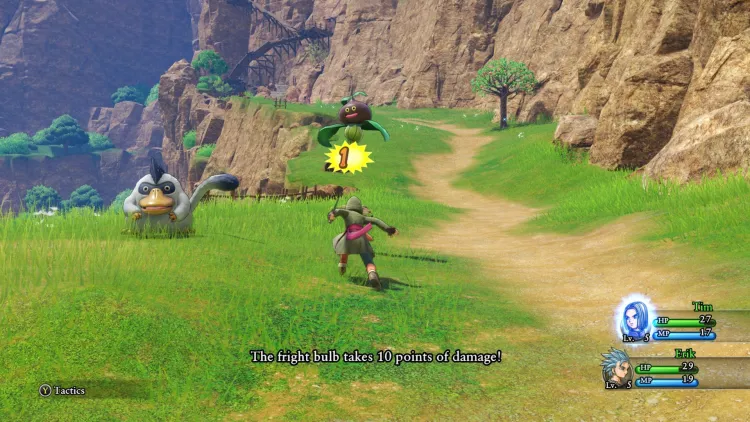
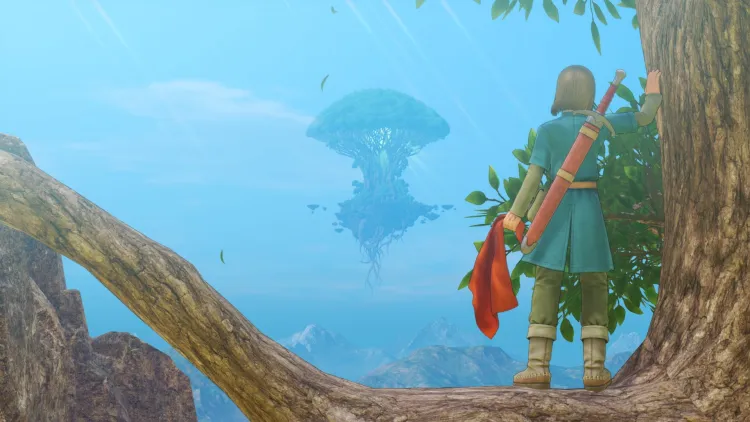
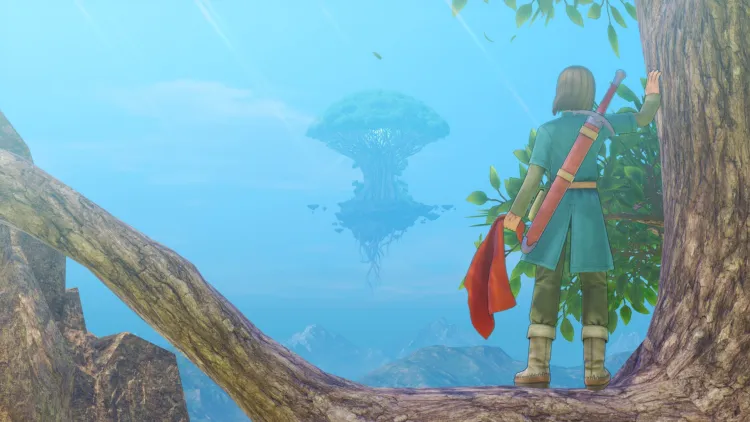
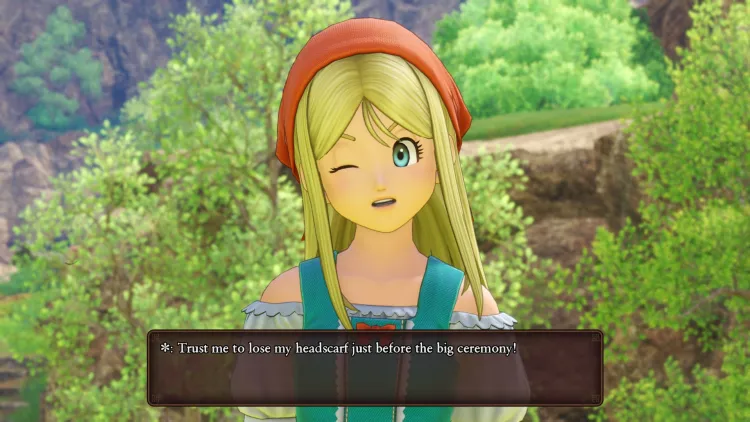
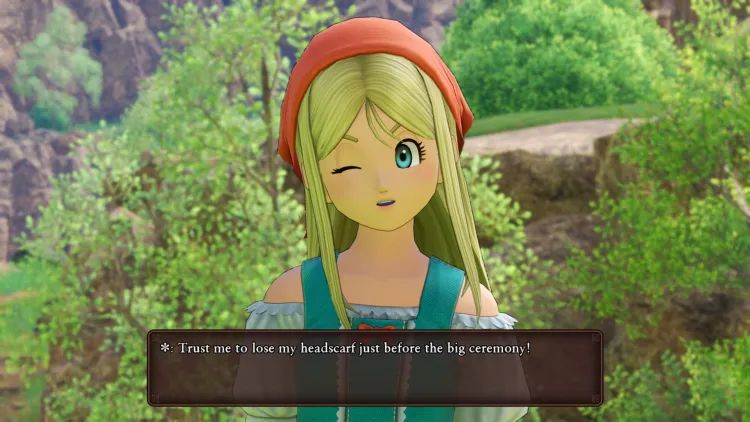
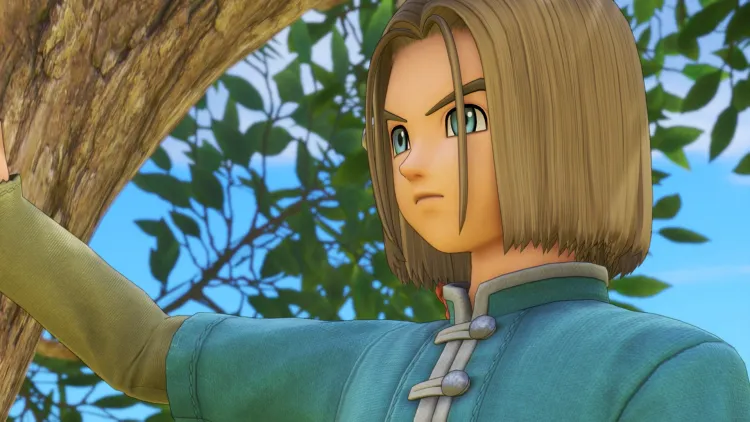
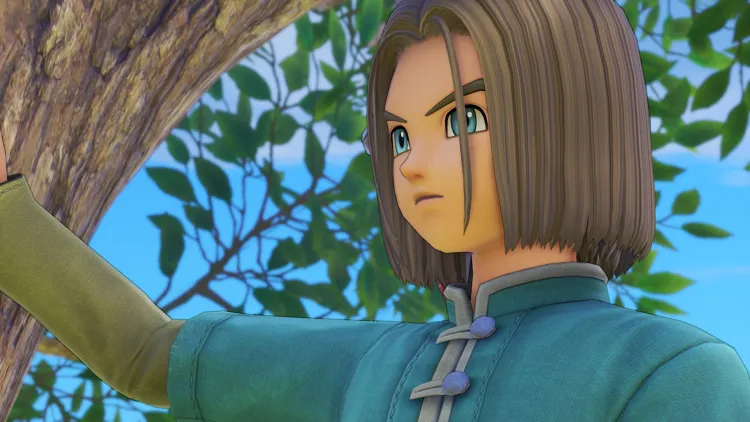
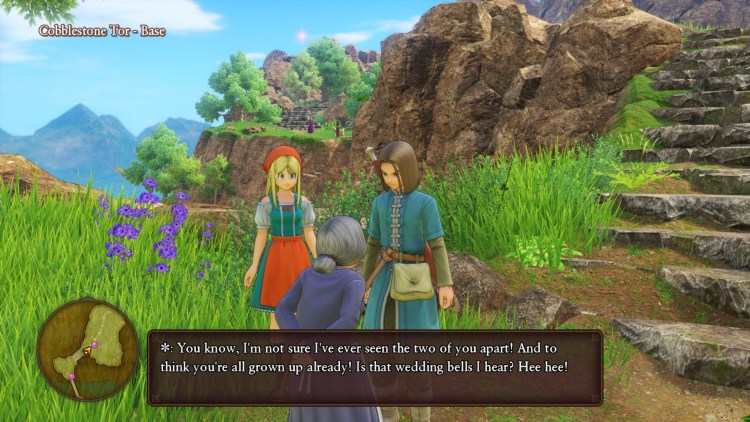
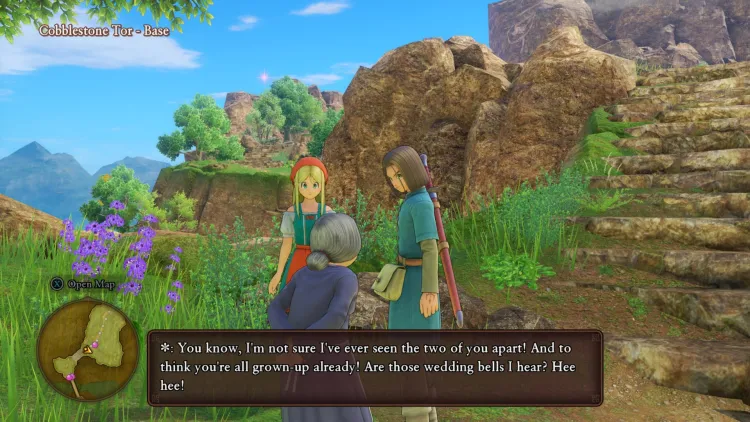
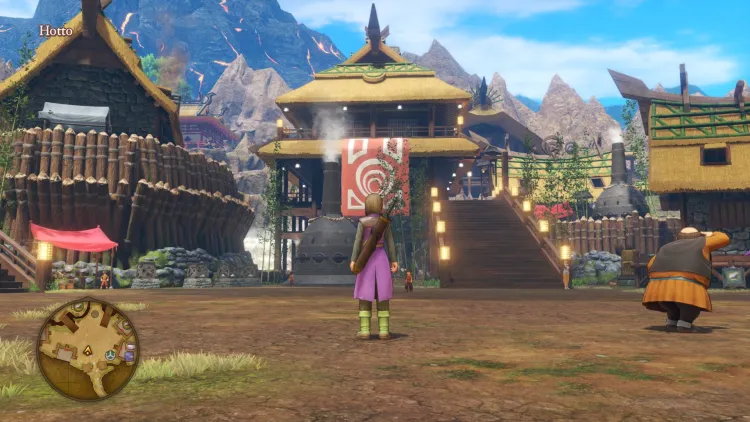
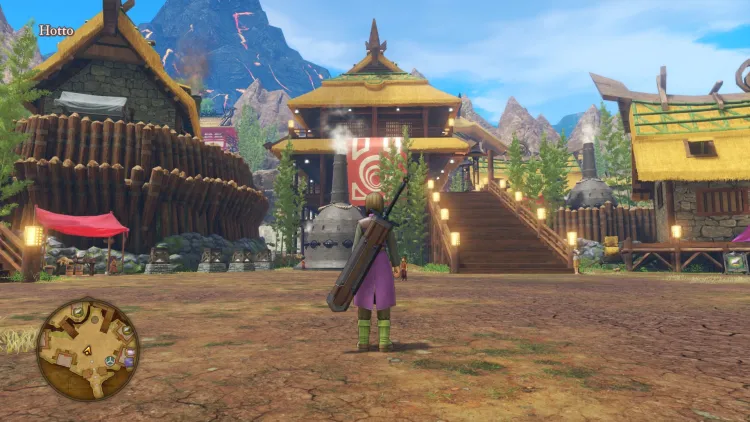
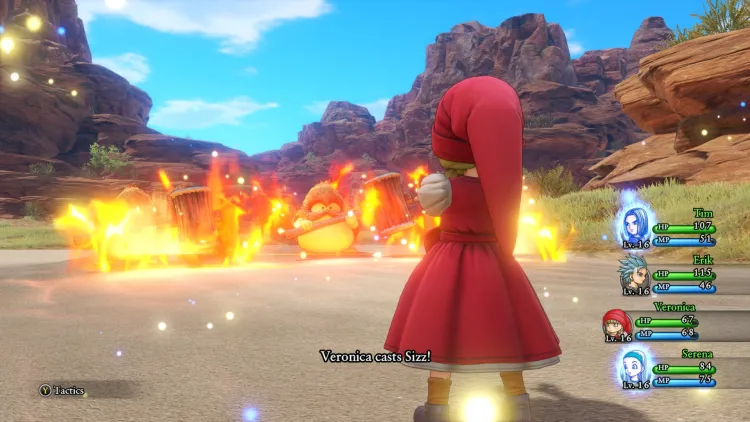

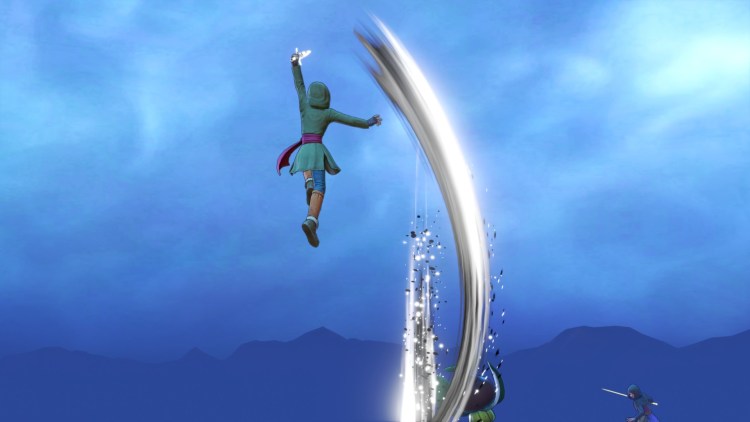





Published: Dec 8, 2020 09:00 am